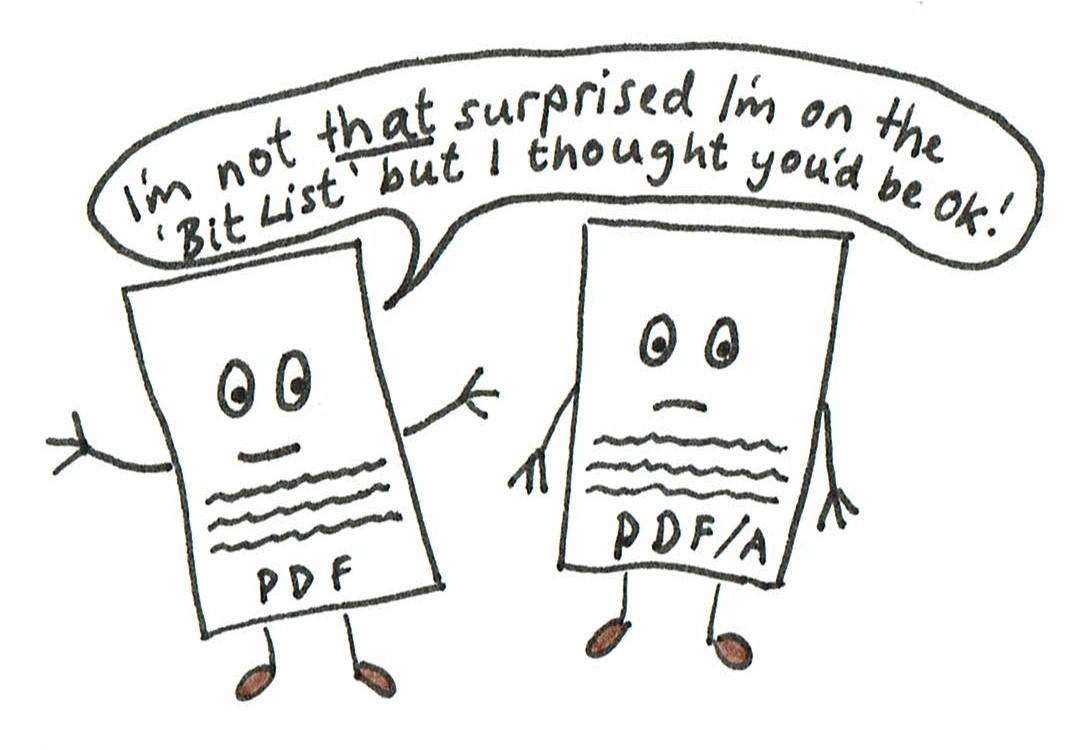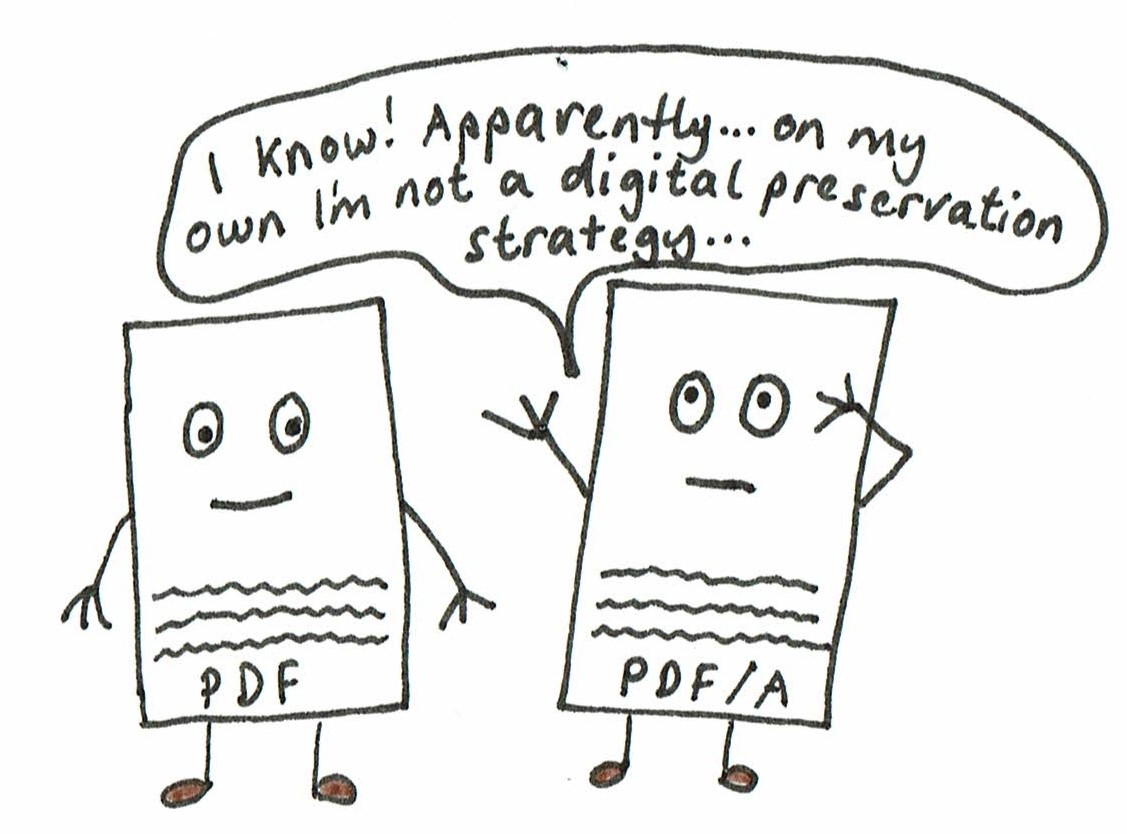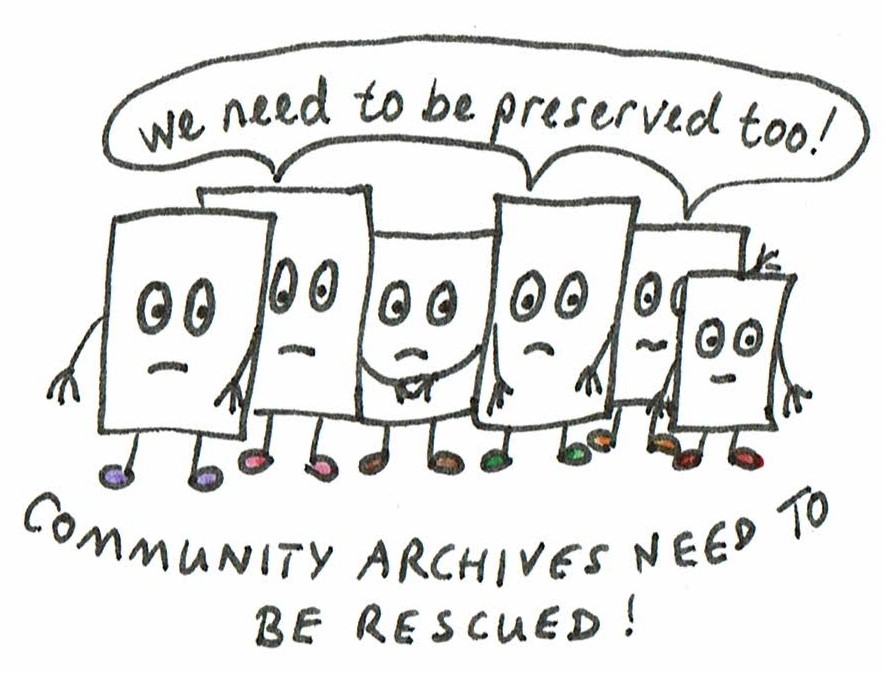The BitList 2019 is the first complete revision of the list since initial publication in 2017.
Whereas The BitList was experimental in 2017 and 2018, the 2019 edition is considerably more robust in content and process. In part this is because it has established a small but definite following. The DPC has been asked to report and expand our 2017 recommendations in multiple contexts, and professionals in agencies around the world have reported their own use of The BitList to support advocacy and target resources to greater effect. That constitutes a success in relation to what we hoped to achieve in 2017, so in this edition we move from hopeful experiment to practical and continuing contribution back to the digital preservation community which have shaped and used it.
Readers will spot that The BitList 2019 is significantly longer than in 2017. This represents the conclusion of a process suggested in the 2018 revision to break large groups into more discrete chunks, recognizing that the risks and solutions can be described with more precision. For example, Media Art, which was a single entry in 2017, is now represented by three entries: Recently Commissioned or Completed Media Art; Legacy Media Art; Media Art by Deceased Artists or Defunct Workshops. These have different risk profiles requiring similar but distinct preservation actions.

In addition, the 2017 list included nine entries which the Jury did not have capacity or skill to review. These were previously listed as ‘Of Concern’ a catch-all category which documented the fact that a concern had been raised but no specific recommendation made. These have now been rigorously assessed by the extended Jury and contribute to the expansion of the list.
Eighteen new submissions were received through an online proposal process. This was open in July and August 2019 and was widely trailed to DPC to ensure maximum exposure within the global digital preservation community. These submissions were assessed by the Jury, firstly to establish their eligibility and credibility. In several cases the Jury was prompted to recruit additional expertise as well as further dialogue with the proposers who have been invited to explain, expand and justify their submissions.


The result is a much longer list offering with 74 entries and therefore considerably deeper assessment of the risks associated with digital content. The list includes the following groups:
- Lower Risk: 0
- Vulnerable: 11
- Endangered: 29
- Critically Endangered: 28
- Practically Extinct: 6
Considering the length of the report that has resulted it is appropriate to offer a few highlights. Five aspects of the list are apparent in 2019 when compared to previous years, though to note that these are my personal reflections rather than a formal comment from the Jury. There are several eye-catching new entries; there is little or no discernible trend towards reduced risk; there are case studies of good practice which show what can be achieved; there is much greater depth of insight in this report; and that digital materials are ‘born vulnerable’.
The two yearly BitList cycle reminds me of those headlines each year about new words that have made it into the dictionary: it reflects something of the concerns that have arisen since the last edition. There are 18 completely new submissions and it is not hard to trace the social, economic and political trends which underly some of them. For example, ‘Open Source Intelligence’ was submitted in 2019 and has been winnowed by the Jury into three distinct entries to represent the subtle challenges faced by current, complete and historic investigations. Open source intelligence has been deployed very effectively by investigative journalists, as well as law enforcement agencies, to test and in some cases to disprove propaganda about the Arab Spring, the war in Syria, and Yemen, as well as individual outrages like the downing of the Malaysian Airline MH17 or the poisoning of Sergei and Yulia Skripal. But these investigations often depend on the claims made by terrorists or criminals via social media channels. Major technology companies now respond quickly and algorithmically to suppress content published in this way, and terrorists are quick to delete or alter evidence when it no longer serves their malign purposes. This creates a preservation challenge, especially for older investigations where the content was not harvested and secured for investigative purposes. Thus, preservation becomes a necessary tool for credible investigation and prosecution with a chain of evidence which would otherwise easily be destroyed. Other eye-catching new entries this year include Non-Standard Public Records, which are at risk of loss or deletion because archival agencies may never even know they exist; and the ever-changing configurations of interfaces that search and personalize Web content.

The expansion of the list is mostly the result of greater detail rather than expanding risks, so it would be wrong to be negative about progress in digital preservation. By the same token, there is no evidence of trends towards significant improvement either. That should be a concern as the digital estate grows, digital dependency becomes more pervasive and digital technologies become more sophisticated. The digital preservation community has to work hard to stand still: so, it is an open question whether solutions or policies are being developed as quickly as challenges are arising.
That might seem gloomy, but there are success stories which point to what might be achieved. For example, although web archiving represents a significant and dynamic challenge for digital preservation, The BitList 2019 suggests that it is regulation rather than technology which is the main enabler or hindrance to success. The single most explicit reference to web archiving is in relation to domains where legal deposit laws are weak or unenforceable; and by implication where regulation is modernized, significant risks to important content can be eliminated. The digital preservation community is ready: small but obvious changes in law could make a profound difference.
Comparing 2017 with 2019, I am struck by the much greater depth of insight which is available. That is in part because of the dedication of the expert jury which has provided a significant amount of advice and guidance into the process – enabling both a rounded and informed set of conclusions. It is hard to imagine any reader working through the report from beginning to end and so the BitList 2019 attempts to strike a balance between the detailed knowledge that makes the report credible, and the clarity which makes it impactful. Whereas the 2017 report tended made a virtue of simplicity, the 2019 report tends more towards a comprehensive authority. It will be for readers to report if a balance has been struck.
Finally, it is striking that there are no full entries in the ‘Lower Risk’ category. For sure items in the ‘vulnerable’ category can become ‘Lower Risk’ in the presence of good practice, and perhaps it would be surprising to have something nominated which was already carefully preserved. But the fact of technological dependence which I take from the BitList2019 is that digital materials are ‘born vulnerable’, but unlike humans that vulnerability expands as they get older. The BitList is a call to action for a digital universe which is vulnerable by default.
